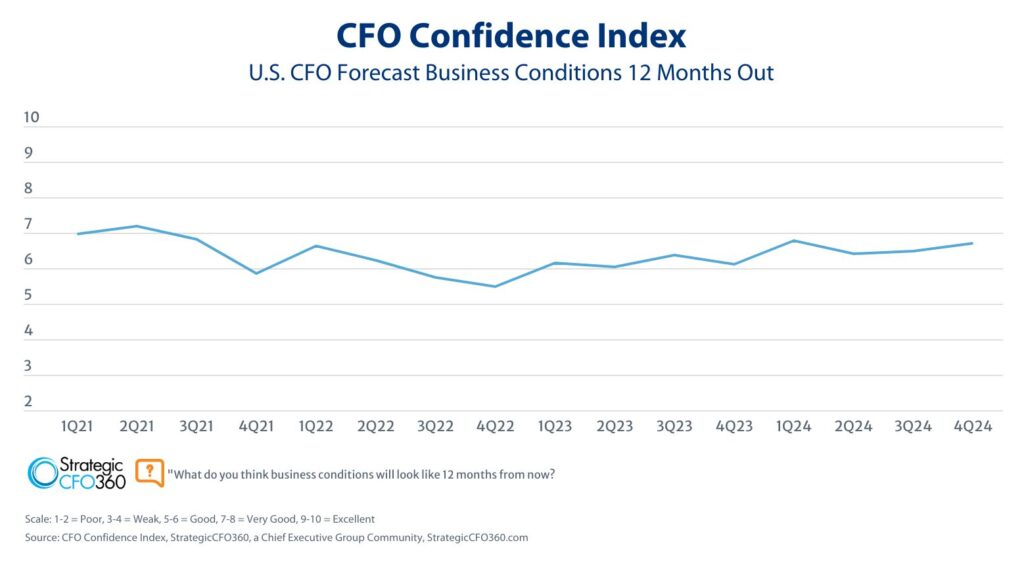Editor’s Note: In this special report, Amazon Web Services and Chief Executive Group offer a series of concrete, action-oriented steps that can help you with the process of digitalizing your organization. Part 4 of 5.
We recognize that every reinvention is shaped by a different set of complex factors and that general prescriptions often fall short. At the same time, we know that your organization—the rank and file—will take cues from you as senior leaders. Your leadership-by-example matters. Is the senior team truly behind the substance and significance of digital business reinvention beyond symbolic moves? We offer three guidelines.
- Shared leadership commitment. Reinvention gets bogged down when pulled in multiple different directions with frequent resets and restarts. The entire senior team should be responsible for digital reinvention and step up to coordinate the allocation of key resources. Key directional shifts should be supported by the leadership team pulling together. This often requires a new social contract among senior team members that are intimately involved through critical discussions, open dialogue, and constructive debates about the shape and speed of reinvention. Amazon has a leadership principle called “disagree and commit,”[1] which is intended to ensure that people at all levels feel comfortable challenging ideas (ideally with data and analysis). Your C-suite may benefit from emboding the spirit underlying this principle so you can count on vigorous debate on major directional shifts. Then, make decisions. If they are irreversible decisions, spend more time on them or develop experiments to prove or disprove the hypothesis. When you leave the meeting, you will get support, but you will need to prove through evidence that the idea is right. Change is hard, and any signs that senior managers are not all in and fully aligned will be amplified throughout the organization.
- Work backward; not skills-forward. Many executives find it easy to project the future by looking at how the present skills can be extended to go after new opportunities. It’s comforting to project the future based on past activities and present realities. It’s easier to explore ways to extend current capabilities to look for new markets. Reinvention is more challenging in the sense that it calls for envisioning a possible future in terms of solving customer needs by building new business capabilities rooted in a wide range of digital functionalities.[2] In other words, extrapolation is easy; retropolation is much more difficult. Aiming to solve future customer problems with digital technologies will drive you to invest in capabilities that can scale up over time to be competitively differentiated as others endeavor to catch up later on. Again, working backward as an approach will require you to make cross-functional tradeoffs that require a coordinated C-suite approach.
- Disciplined experimentation with feedback loops. Reinvention is about a different future with a new mindset. At the same time, it is not achieved through one big transformation program but through a portfolio of business experiments that are constantly fine-tuned and refined based on results and external shifts. These business experiments are probes to learn and understand the role and impact of digital technologies in your context.[3] They operate under the understanding that experiments do not fail since they are focused on learnings and insights and that you can reduce the risk by making the experiments small and iterating them quickly. You can also maximize the value and insights from experiments by working with a network of partners in extended ecosystems.
To ensure that you get maximum value from your portfolio of experiments, we suggest that you tie them to a reinvention scorecard with well-specified metrics. If you find that a metric is so big that small experiments won’t move the number, you are probably using the wrong metric. For example, company profitability likely can’t be moved by a single experiment. However, if you refine the profitability metric to the scope of a specific product, a segment of customers, or perhaps a geographic range, you can probably see the effect of smaller experiments. As a C-suite team, agree on appropriate actionable metrics.
Re-enforcing a data-driven culture supports a small but interconnected set of experiments. You need feedback loops to evaluate the success of your transformation journey. The tighter and shorter the loop, the better. If you won’t know if an improvement works or not for a couple years, your experiments are too large and will take too long to be useful. The feedback loop is best measured in shorter actionable periods defined in weeks and months. Digital transformation is disciplined experimentation involving a cycle of iterative experiments with no end date, unlike technology implementation projects.
“The most productive and innovative transformations almost always start with a shared leadership commitment and understanding of what you’re trying to accomplish and why – even if “how” isn’t clear yet,” says Wesley Story, AWS Enterprise Strategist, and former CIO. “Working backwards from your customer’s pain points and needs allows you to iterate through your hypotheses with tests. The cloud is a key enabler of experimentation that used to be too expensive or too slow (months or longer) to complete quickly.”
[1] Amazon’s principle is worded as follows: “Leaders are obligated to respectfully challenge decisions when they disagree, even when doing so is uncomfortable or exhausting. Leaders have conviction and are tenacious. They do not compromise for the sake of social cohesion. Once a decision is determined, they commit wholly.” (Source: Amazon)
[2] See Jeff Bezos, Invent & Wander: The Collected Writings of Jeff Bezos (Boston: Harvard Business School Press, 2021).
[3] See Venkat Venkatraman, The Digital Matrix: New Rules for Business Transformation through Technology (LifeTree Media, 2017); see also Venkat Venkatraman, “How to Read and Respond to Weak Digital Signals,” MIT Sloan Management Review, February 22, 2019. Accessed February 8, 2021. https://sloanreview.mit.edu/article/how-to-read-and-respond-to-weak-digital-signals/








